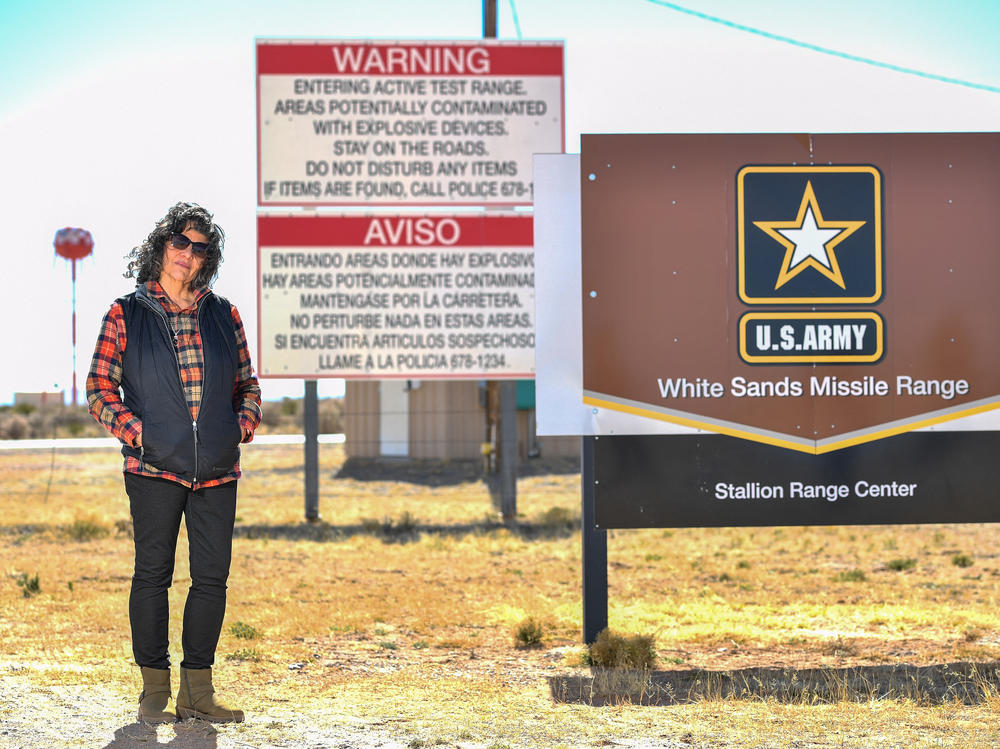Section Branding
Header Content
Generations After The First Nuclear Test, Those Sickened Fight For Compensation
Primary Content
On August 6, 1945, a stone-faced President Harry Truman appeared on television and told Americans about the atomic bomb being dropped on Hiroshima.
The attack on Hiroshima marked the first time nuclear power was used in war, but the atomic bomb was actually tested a month earlier in the Jornada del Muerto desert of New Mexico.
At least hundreds of New Mexicans were harmed by the test's fallout. Radiation creeped into the grass their cows grazed, on the food they ate, and the water they drank.
A program compensating victims of government-caused nuclear contamination has been in place since 1990, but it never included downwinders in New Mexico, the site of the very first nuclear test.
This week, the Senate will vote on whether or not to broaden the bi-partisan legislation that could compensate New Mexicans.
Generations after the Trinity Nuclear Test, will people in New Mexico finally get compensation?
For sponsor-free episodes of Consider This, sign up for Consider This+ via Apple Podcasts or at plus.npr.org.
Email us at considerthis@npr.org.

